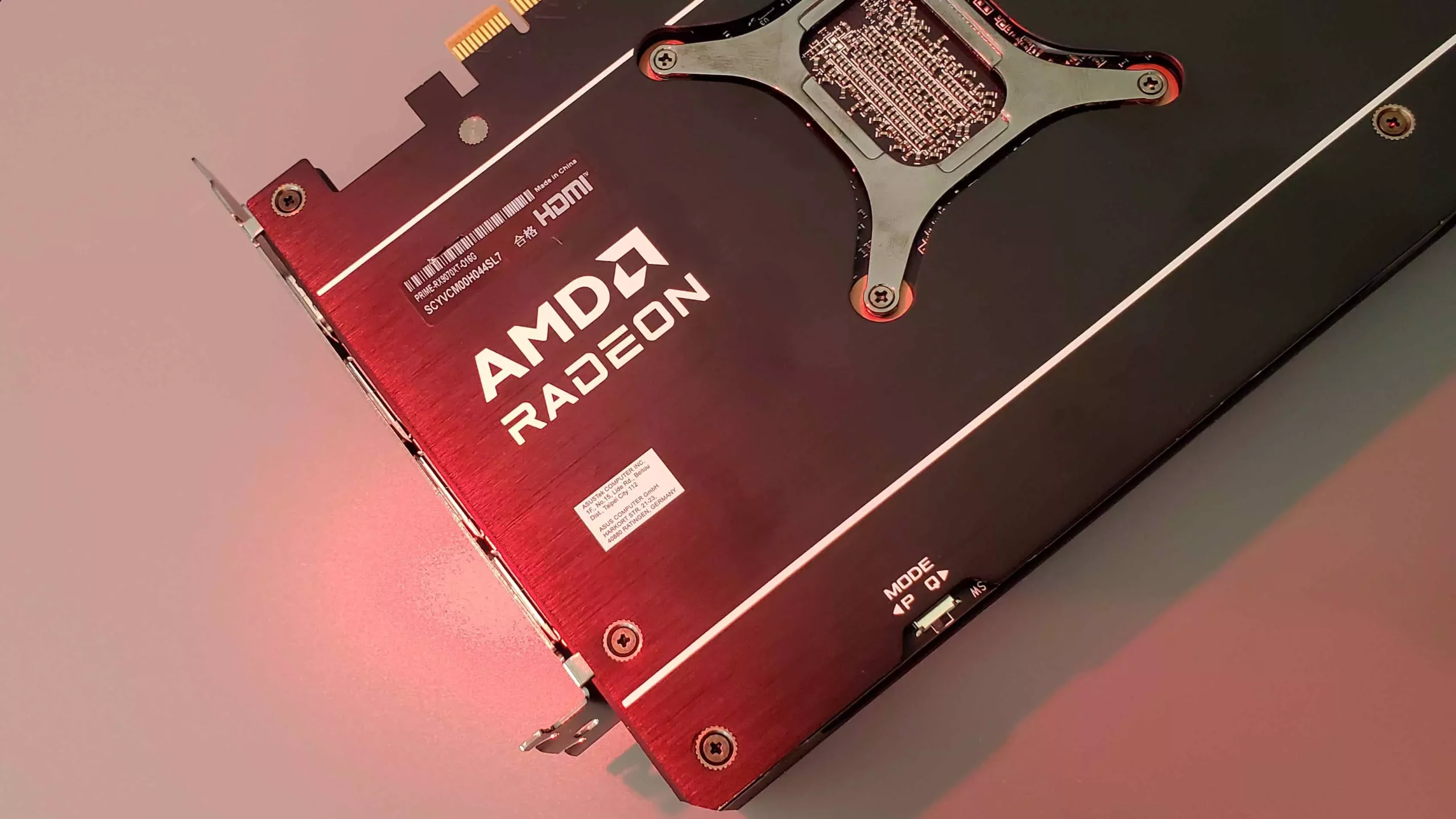AMD’s latest financial disclosure reveals a startling surge in gaming revenue, soaring by an impressive 73% compared to the same period last year. This growth isn’t incidental; it’s driven predominantly by the runaway success of the RX 9000-series graphics cards, especially the RX 9070 XT. The numbers speak volumes about AMD’s strategic turnaround in a fiercely competitive market where NVIDIA has long dominated. The company’s ability to capture a significant slice of gaming hardware sales reveals a shift in consumer preference and trust, positioning AMD as a formidable contender poised to challenge current market leadership. This is not just a fleeting trend—it signifies a potential redefinition of the gaming landscape, where AMD’s innovations are finally resonating with the core enthusiast and mainstream segments alike.
Supply Constraints and Market Demand: A Double-Edged Sword
The enthusiasm surrounding AMD’s latest GPUs, however, isn’t without its complexities. Dr. Lisa Su, CEO of AMD, admits that demand far exceeds supply, describing it as “very strong” and “outpaced.” This imbalance paints a picture of popularity that is both promising and problematic. For consumers eager to purchase the RX 9070 XT at its retail price, frustration is palpable; scalpers and overpricing have become commonplace, eroding the brand’s goodwill among gamers. The limited availability of other RDNA 4 cards, coupled with the dwindling presence of last-gen RX 7000-series products, underscores AMD’s supply chain bottlenecks. The market’s eagerness for AMD’s latest generation is undeniable, but this scarcity risks alienating potential customers if supply issues persist. The scenario echoes a broader industry pattern—where high demand often leads to shortages, fueling speculation and inflated prices, which in turn might tarnish AMD’s reputation if not addressed swiftly.
From Hardware to Ecosystems: AMD’s Expanding Influence
While Radeon graphics cards are driving much of the recent revenue spike, the real story extends far beyond discrete GPUs. AMD’s pivotal role in consoles like the PlayStation 5, PlayStation 5 Pro, Xbox Series X, and Xbox Series S ensures a steady cash flow through licensing fees and R&D partnerships. These consoles, which feature custom AMD processors, keep AMD firmly entrenched in the gaming fabric, even as unit sales slow down. This symbiotic relationship between AMD and console manufacturers provides a crucial cushion, allowing AMD to invest in next-generation technologies without solely relying on PC GPU sales. Notably, the collaboration has borne fruit in AMD’s development of FSR 4, an innovative upscaling technology powered by AI, with applications spanning PCs, laptops, and portable gaming devices. The company’s strategic alignment with gaming giants not only secures ongoing revenue but also fuels innovation, even amid a slower console market.
The Future of Radeon: Challenges and Opportunities
Looking ahead, AMD stands at a crossroads. The company’s success hinges on its ability to stabilize supply chains, reduce prices, and broaden its product spectrum to appeal to a wider audience. Though enthusiasts are eager, their access remains limited, fostering a sense of exclusivity that may temporarily boost prestige but could hinder mass adoption. AMD’s move toward integrating AI-powered features like FSR 4 represents a future where software miracles will complement hardware advancements, offering better performance and visual fidelity without necessarily demanding more powerful hardware. If AMD manages to expand its offerings beyond the high-end and address logistical hurdles, it could catalyze a renaissance in GPU sales, making Radeon a household staple once more. However, this requires concerted effort, political savvy, and perhaps even reconsideration of pricing strategies—if AMD wants more gamers to experience the thrill of Radeon-powered gaming, it must make those experiences accessible rather than a luxury.
A New Era of Competition and Innovation
In essence, AMD is not just competing with NVIDIA; it is reshaping the game itself. The company’s recent triumphs show that innovation, strategic partnerships, and consumer-focused development can turn tides—though challenges loom large. If AMD plays its cards right, it could ignite a new era where gamers choose Radeon as the default rather than the exception, and where AMD’s technological innovations drive the industry forward rather than merely keep pace. The next chapter will test AMD’s resilience, but for now, it’s clear that the company’s recent achievements mark an exciting and potentially game-changing phase for the future of gaming hardware.

